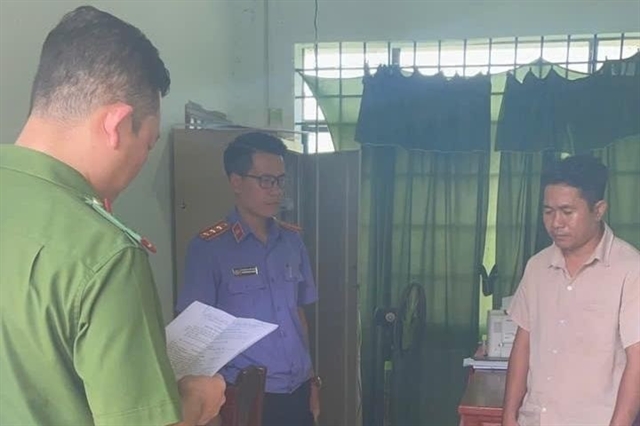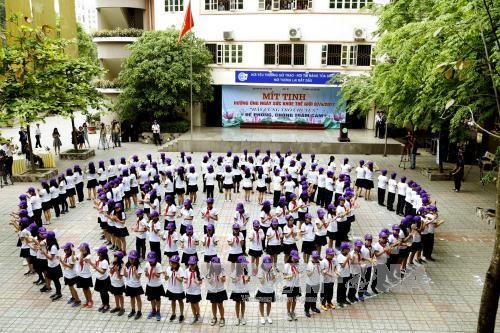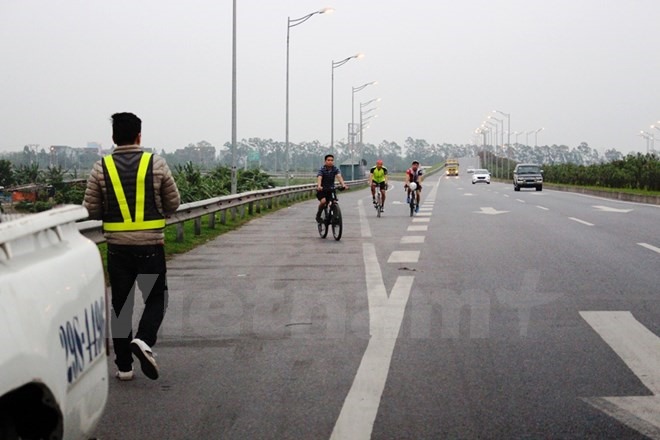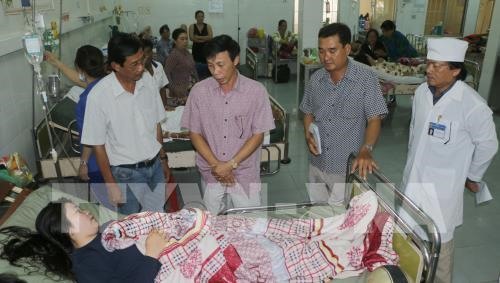
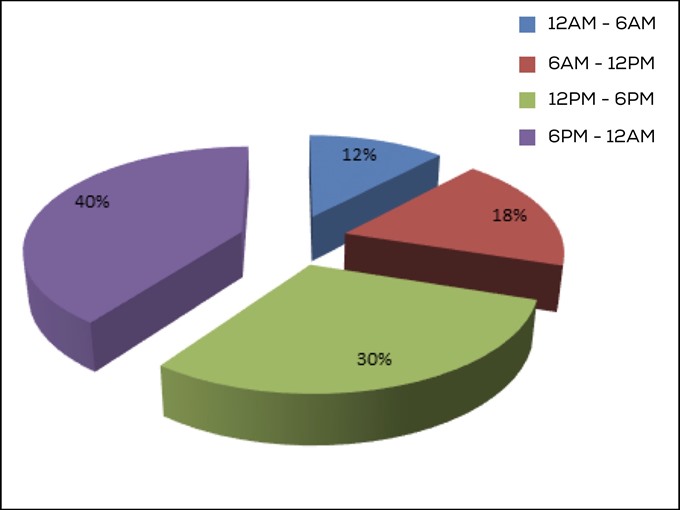 |
| A graph showing the time of day when traffic accidents occurred last year. Courtesy of the Traffic Police Department |
HCM CITY — Đặng Văn Mạnh, a 32-year-old driver from Bà Rịa-Vũng Tàu Province, was sleepy although his eyes remained open.
Until his truck went over a pothole and he was startled awake.
“Luckily, I did not get into an accident,” Mạnh said.
The driver of a truck in the central province of Nghệ An’s Vinh city was not as lucky as Mạnh.
On April 4, his truck hit a concrete median strip on Highway 1A because he fell asleep at the wheel.
The driver was hospitalised with serious injuries. The median strip was destroyed.
Mạnh said: “Drowsy driving is difficult to avoid because drivers of buses, trucks or containers drive for many consecutive hours, especially in peak times such as before and after holidays and do not sleep enough.”
A driver’s income depends on the amount of time spent travelling, he said, adding, “we drive for 10 or 12 hours each trip.”
They do not obey traffic safety regulations requiring them to stop to have rest when they drive for three or four hours.
The Asia Injury Prevention (AIP) Foundation last year surveyed 150 truck drivers about their knowledge, behaviour and driving practices.
Of them, more than 79 per cent said that they drove without stopping for a period of more than four hours.
According to the Sleep Disorders Centre at University of California, Los Angeles, if a body lacks sleep, at some point the brain will force it to shut down.
Studies have shown that lacking just a few hours of sleep each night can impair the ability to drive in the same way as drinking too much alcohol.
Dr Khuất Việt Hùng, deputy chairman of the National Traffic Safety Committee, said that many traffic accidents have occurred because of drowsy driving.
The committee’s statistics on traffic accidents last year showed that 40 per cent of 21,568 crashes occurred from 6 pm to 12 am when drivers felt tired after working all day. It could sometimes lead to falling asleep at the wheel.
Drowsy driving can lead to lane drifting, which accounted for 25 per cent of the total number of traffic accidents last year.
A research on driver behaviour and traffic safety conducted by the US National Highway Traffic Safety Administration showed that drowsy driving is the cause of at least 100,000 auto crashes each year.
These crashes hurt an average of 40,000 people and killed more than 1,500 people.
Communication campaign
The National Traffic Safety Committee, in co-operation with the AIP Foundation, is carrying out a campaign to raise awareness of the dangers of drowsy driving among drivers at the Cái Mép-Thị Vải port cluster in Bà Rịa-Vũng Tàu Province.
In the campaign, they plan to install billboards to improve awareness to prevent drowsy driving on Highway 51 and Road 965 at accident black spots.
Traffic accidents often occur on this highway and road.
Stories featuring truck drivers discussing the dangers of drowsy driving will be broadcast on VOV1 channel of Voice of Việt Nam.
The campaign is a part of the Lifting Safety Programme, which is under the sponsorship of APM Terminal, an international terminal operator based in the Netherlands with facilities in 69 countries.
The programme was launched in Bà Rịa-Vũng Tàu Province in December 2016.
Hùng of the National Traffic Safety Committee said that the programme would also be held at other port clusters in the country. — VNS
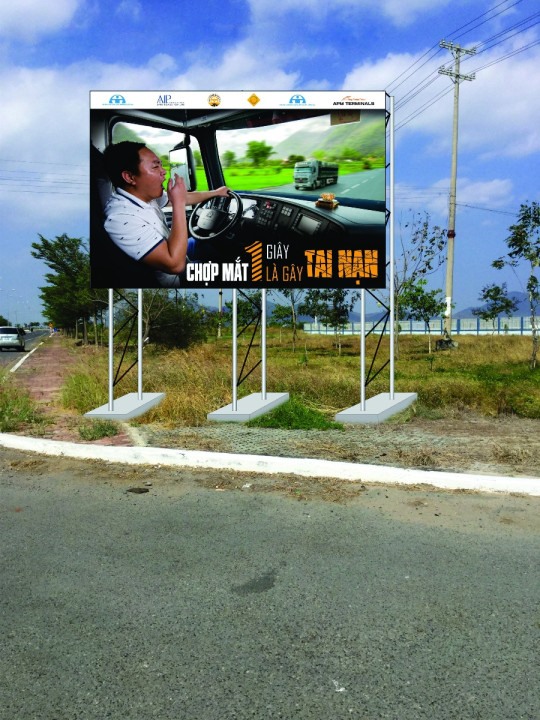 |
| Billboards to improve awareness to prevent drowsy driving have been installed on Highway 51 and Road 965. — Photo Courtesy of AIP Foundation |




